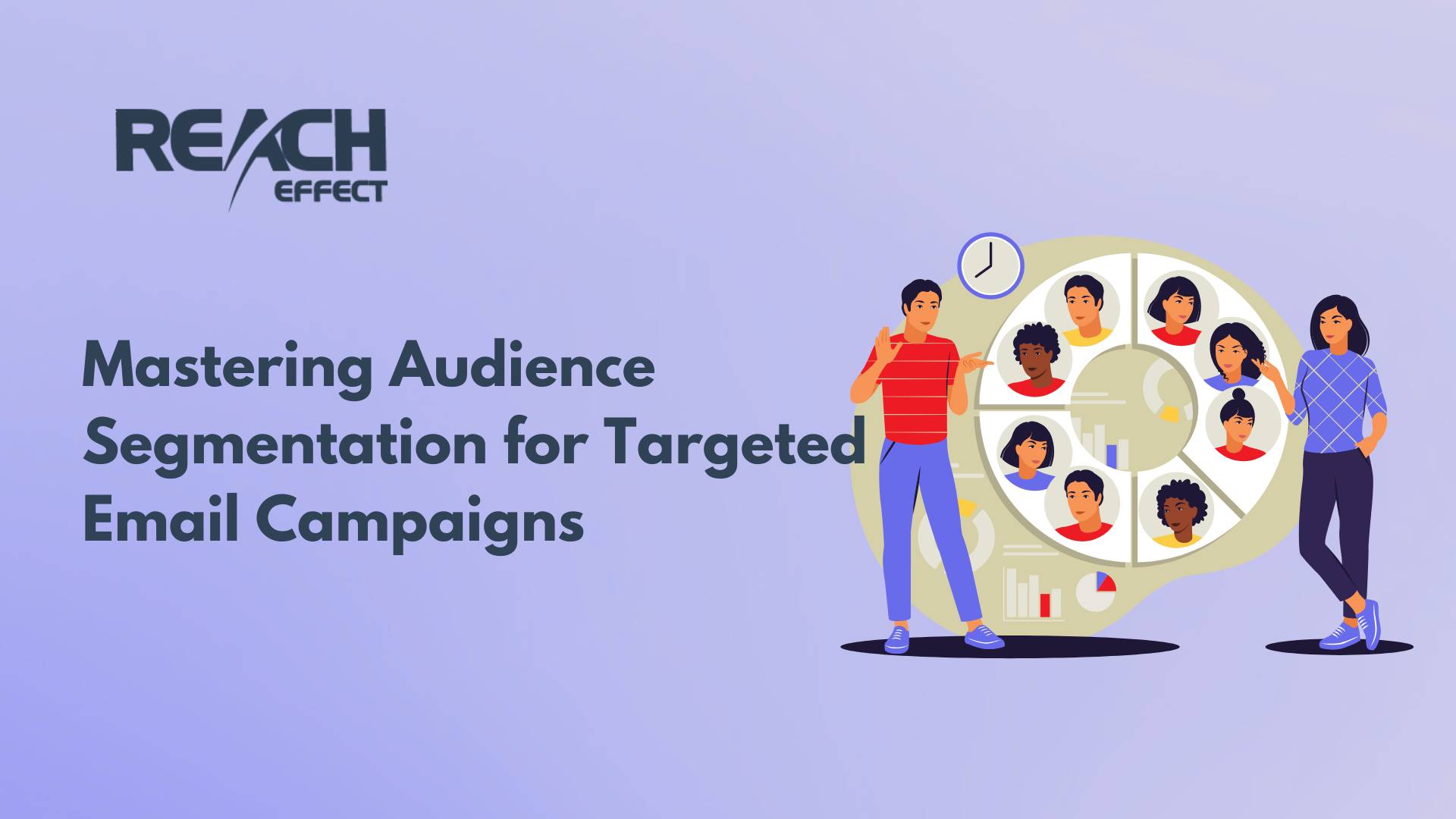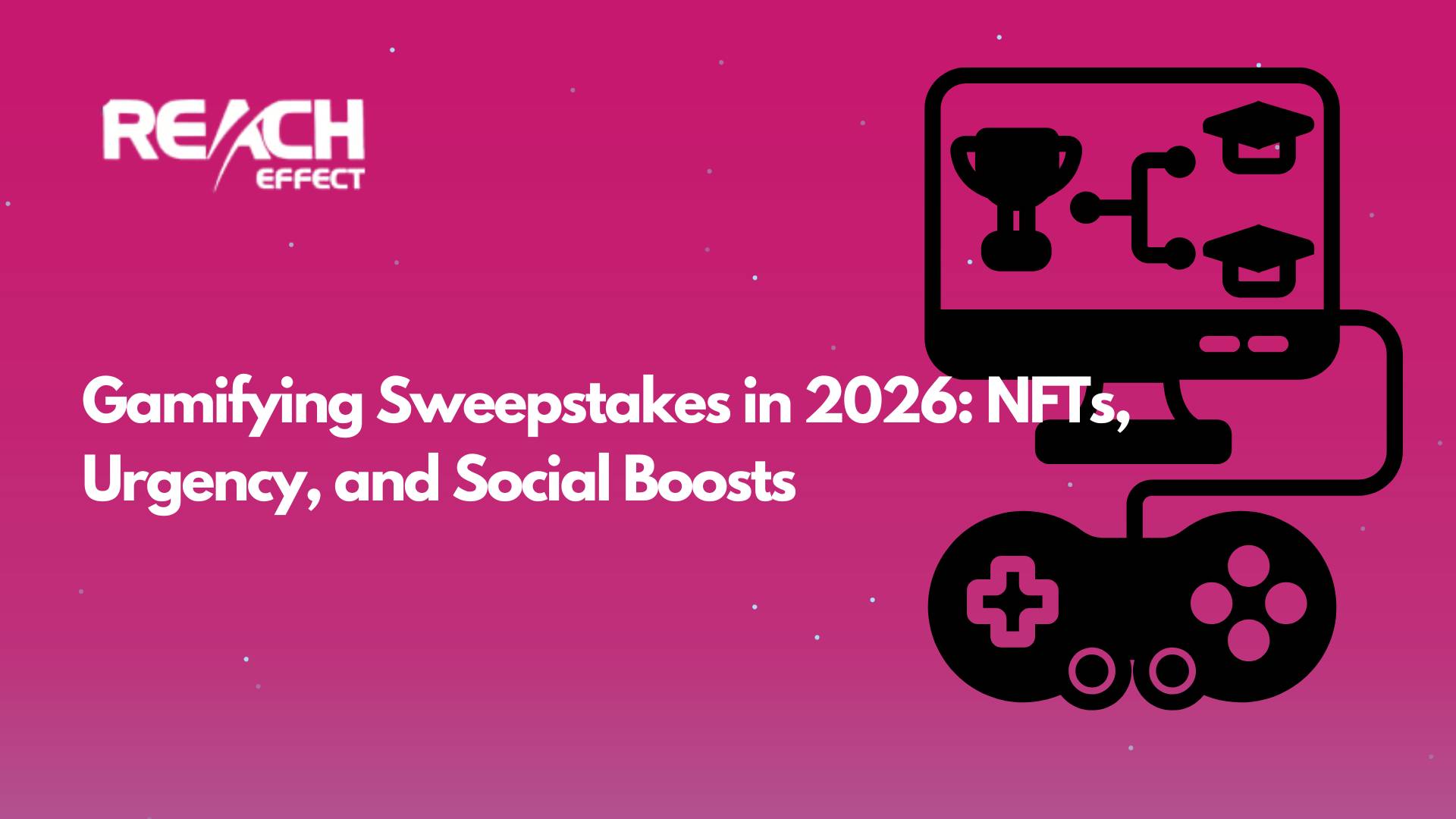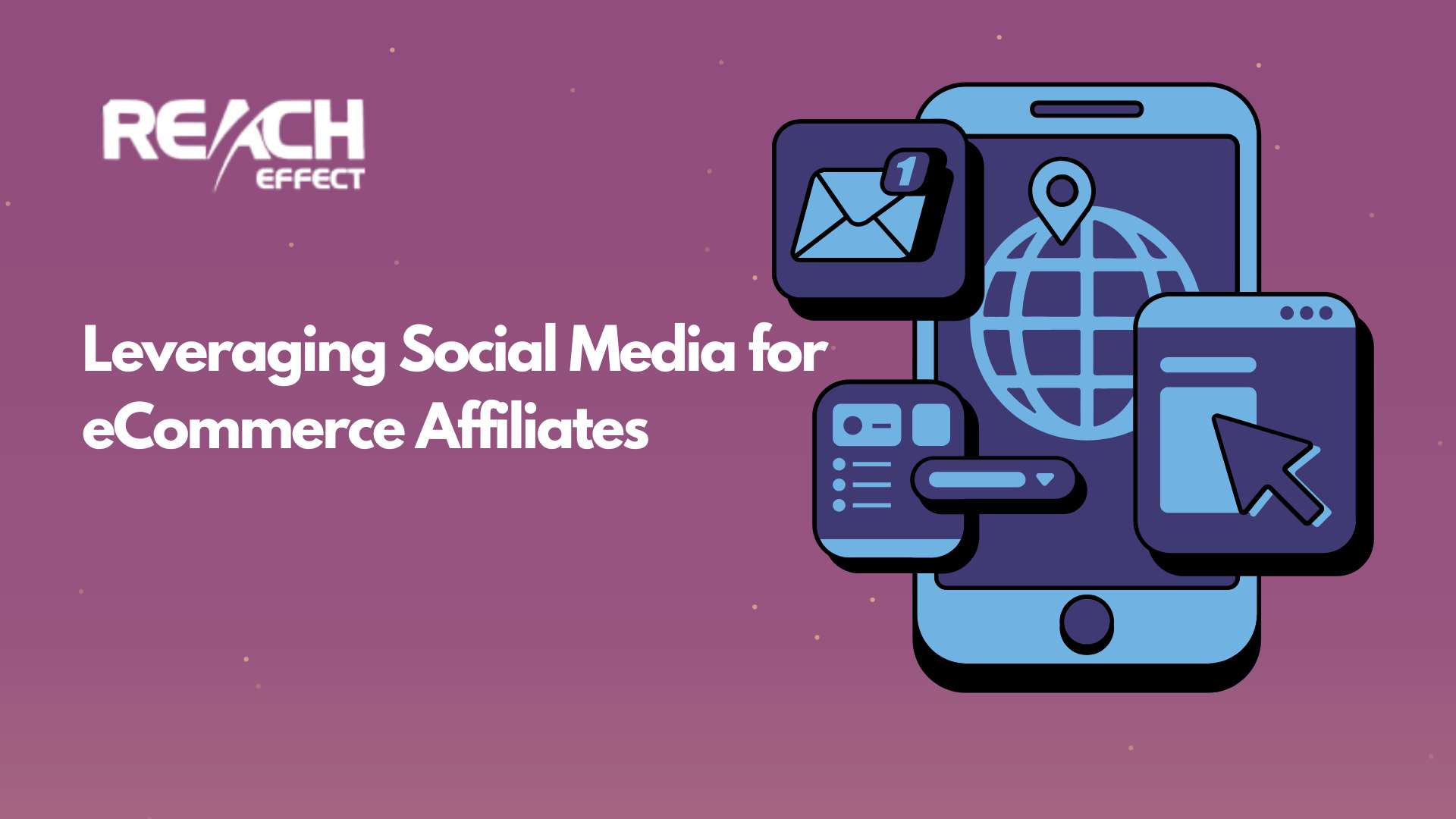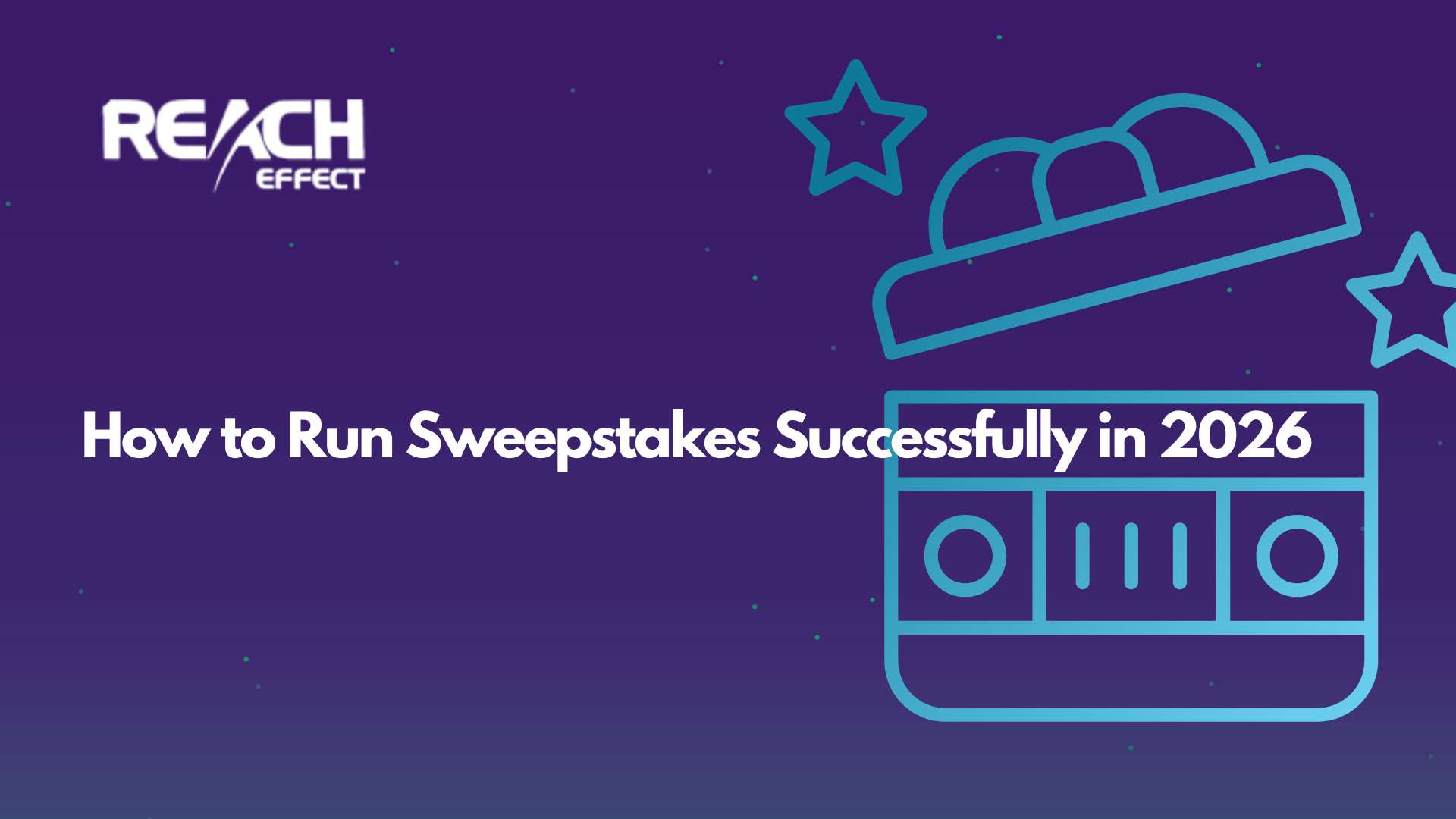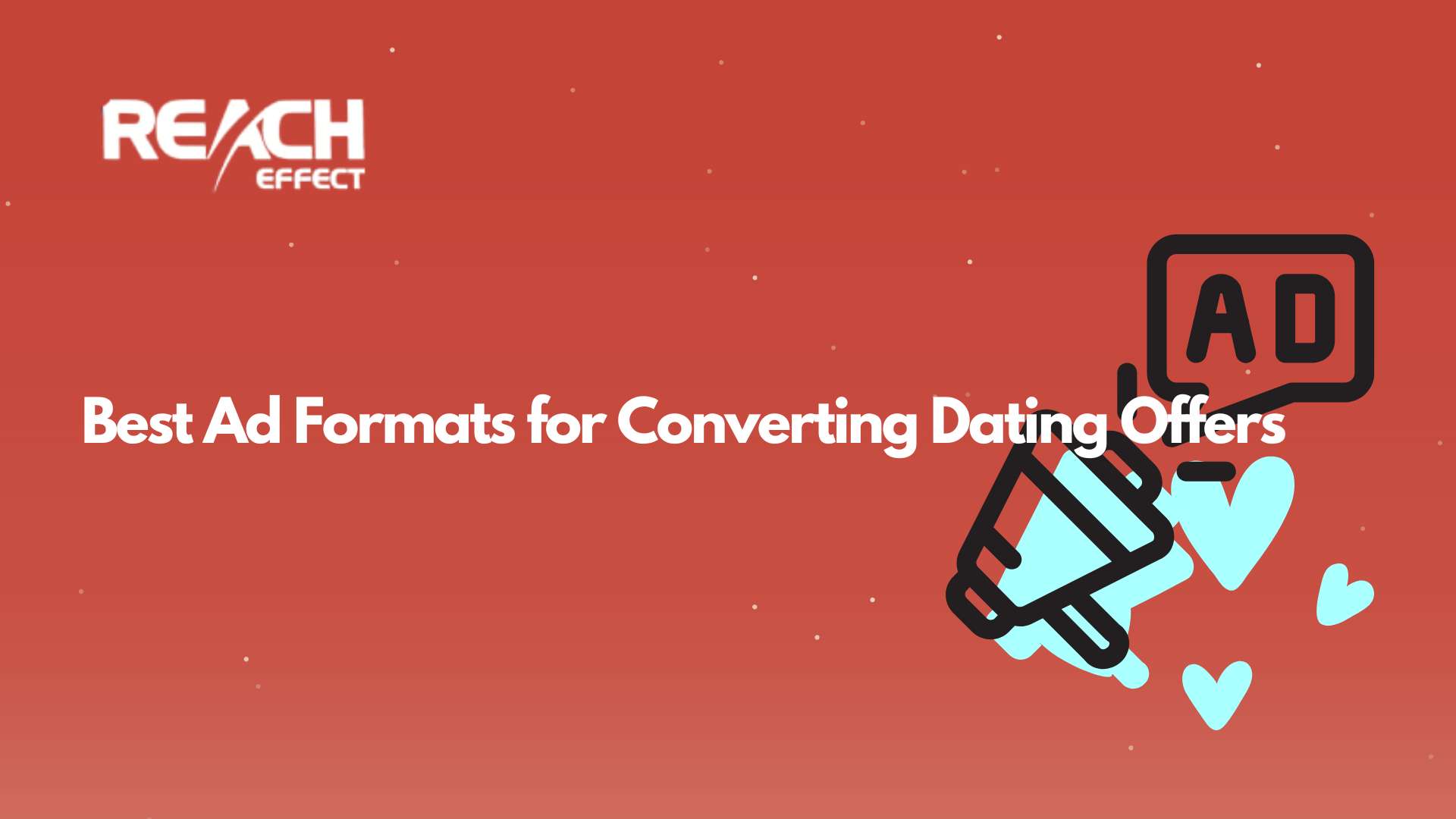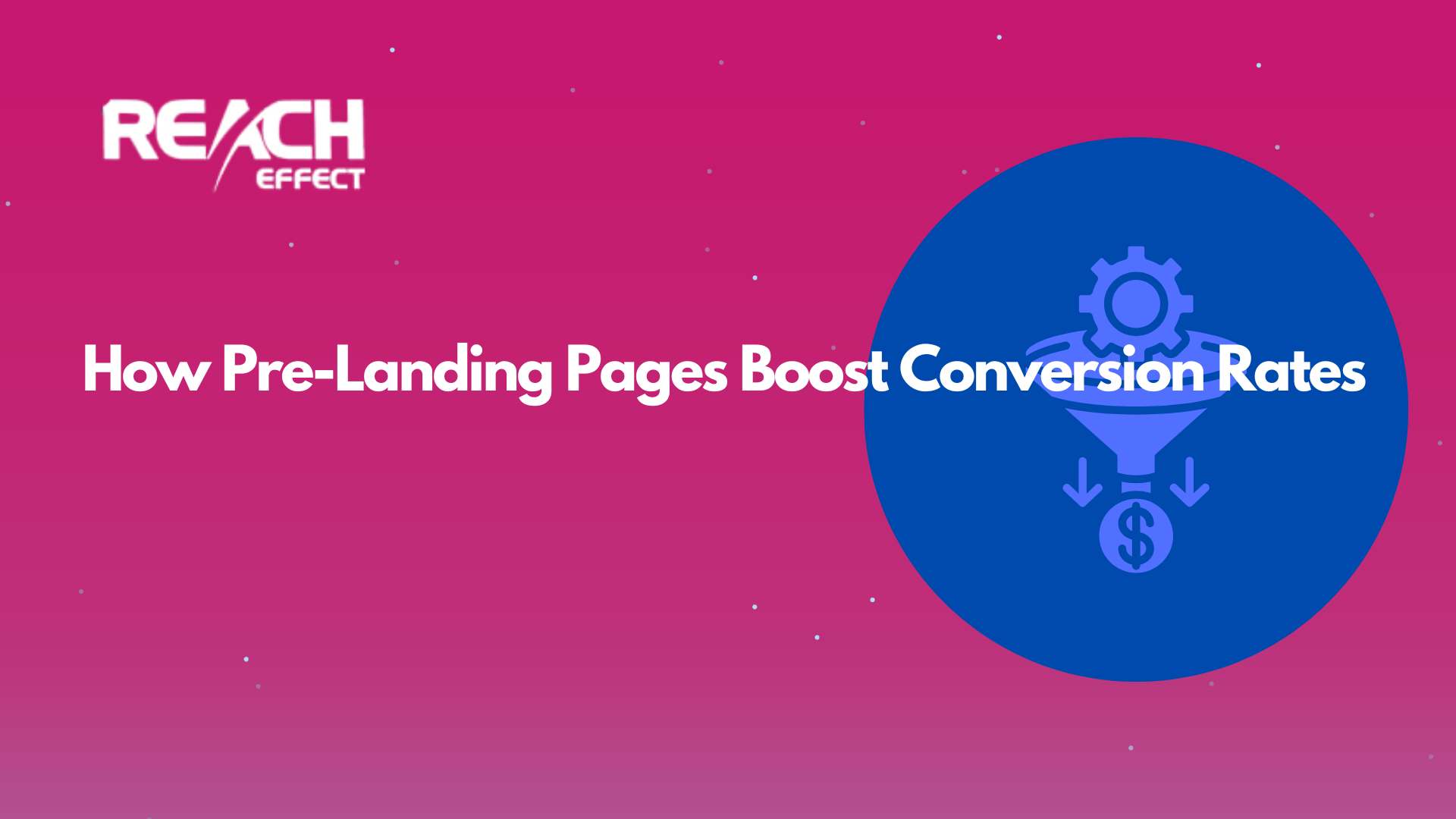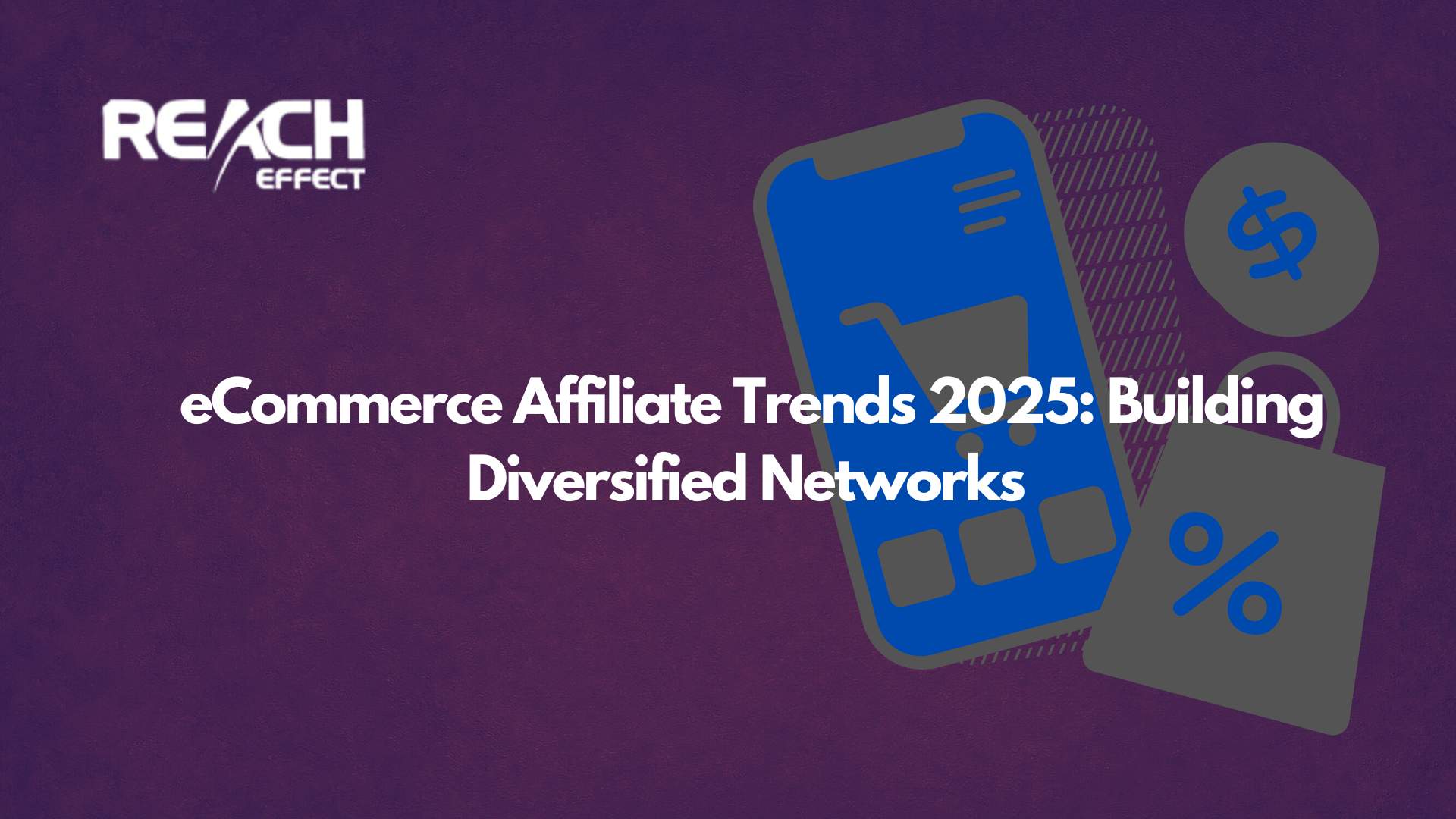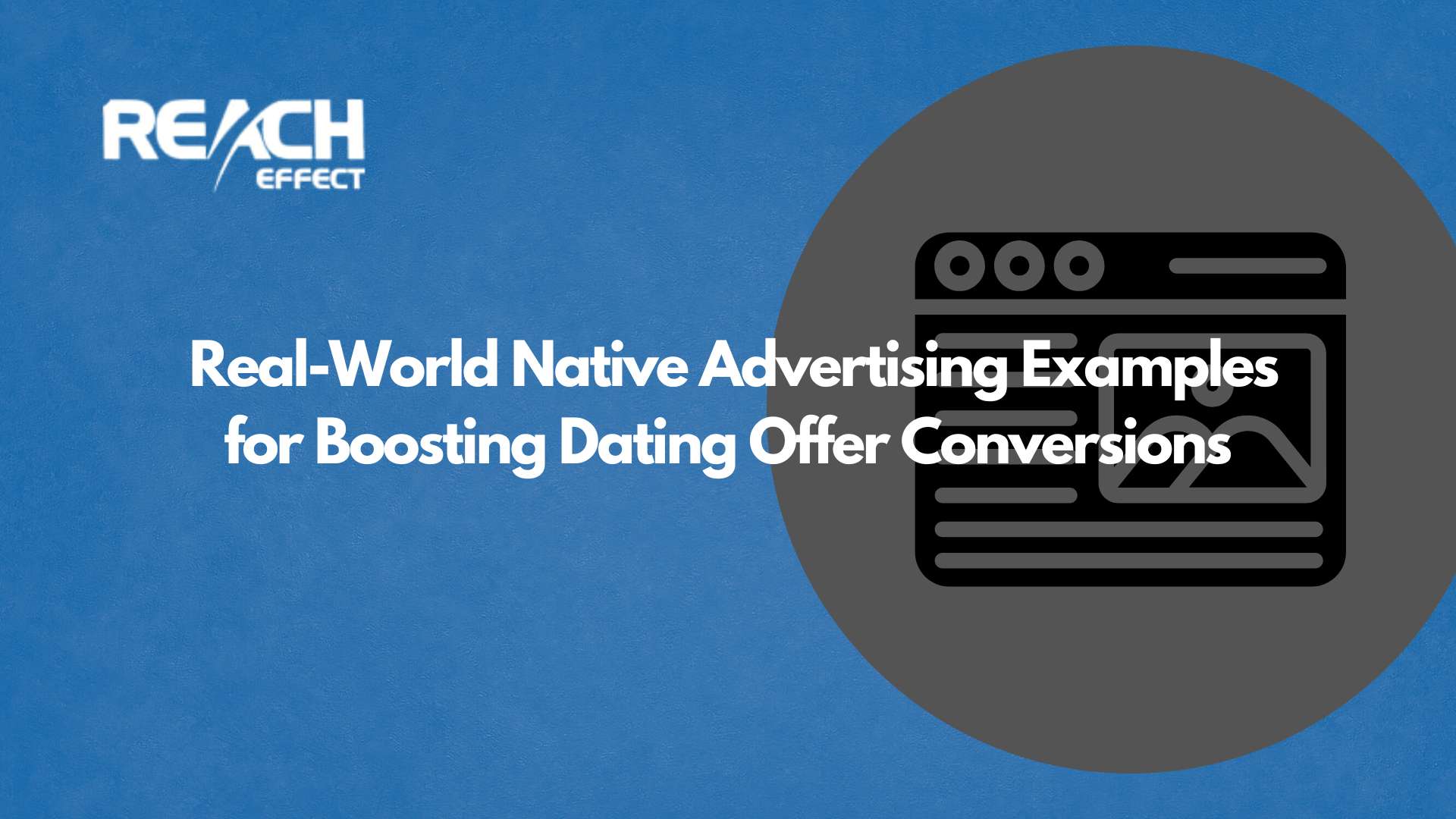Email marketing can be tricky. You want your messages to connect with people, but sending the same email to everyone often misses the mark. That’s where audience segmentation for email campaigns comes in. It’s all about breaking your email list into smaller groups based on things like interests, habits, or personal details.
This way, you can send emails that feel tailored and meaningful.
In previous articles we covered what is email retargeting, free trail email marketing and A/B testing for email campaigns. These are great article but they are worthless if you don’t know how to do audience segmentation for targeted email campaigns!
In this article will walk you through what audience segmentation is, why it’s a big deal, and how to do it right. By the end, you’ll have practical ideas to make your email campaigns more targeted and effective.
What Does Audience Segmentation Mean?
Audience segmentation for email campaigns is about dividing your subscribers into smaller chunks. You group them based on shared traits, like where they live, what they buy, or how they interact with your emails. The goal is to create segments that make sense so your messages hit home.
Imagine you run a clothing store. You might have a segment for people who love casual wear and another for those who prefer formal outfits. You could send casual fans a discount on jeans and the formal group an offer on suits. This keeps your emails relevant and useful.
Why It’s a Must for Email Campaigns
So, why bother with audience segmentation for email campaigns? Because it makes your marketing smarter and more effective. When you send emails that match what people care about, good things happen. Open rates go up because subscribers see something interesting in their inbox. Click rates improve since the content feels personal. Plus, fewer people unsubscribe when they get emails they actually enjoy.
It’s not just about numbers, though. Segmentation helps you build stronger connections with your audience. They feel like you get them, which can lead to more sales over time. Platforms like Reacheffect can simplify this process, helping you organize your list and see what’s working.
Simple Ways to Segment Your Audience
Getting started with audience segmentation for email campaigns doesn’t have to be hard. Here are some easy methods to try:
Start with Basic Info
Use details like age, location, or gender to create segments. If you sell products for different age groups, you could have one segment for younger folks and another for older ones. Tailor your emails to fit what each group might like.
Check How They Act
Look at what your subscribers do. Do they open every email? Have they bought something recently? You could segment frequent buyers for special rewards and inactive ones for a friendly nudge to come back.
Focus on What They Love
Group people by their interests. If you’re in the fitness business, you might have segments for yoga fans, weightlifters, or runners. Send each group tips or offers that match their passion.
Use Past Purchases
If you sell stuff, look at what people have bought. Someone who got a laptop might want accessories like a mouse or case. This is a smart way to suggest things they’re likely to need.
Ask Them Directly
Sometimes, just ask what they want. Add a quick survey or a preference option when they sign up. Let them pick topics they care about, so you know exactly what to send.
Tools and Tips to Make It Work
To really nail audience segmentation for email campaigns, you need some help. Here’s how to set yourself up for success:
- Pick a good tool. Platforms like Mailchimp let you create segments and track results without a headache.
- Begin with a few groups. Don’t overdo it at first. Two or three segments can teach you a lot before you add more.
- Keep your list fresh. Update your subscriber info regularly so your segments stay accurate.
- Try things out. Test different segments and see which ones get the best response. Adjust as you go.
- Save time with automation. Set up emails that go out automatically, like a welcome note for newbies or a deal for loyal customers.
These steps make segmentation feel doable, even if you’re new to it.
What You Gain from Segmentation
When you master audience segmentation for email campaigns, the rewards are worth it. Your emails get more opens and clicks because they’re spot-on for each group. Subscribers stick around longer since they’re not annoyed by irrelevant messages. Sales can climb too, as targeted offers tempt people to buy.
Beyond that, you learn what your audience likes. This info can shape your whole marketing plan. It’s a simple way to make your efforts more efficient and your customers happier.

